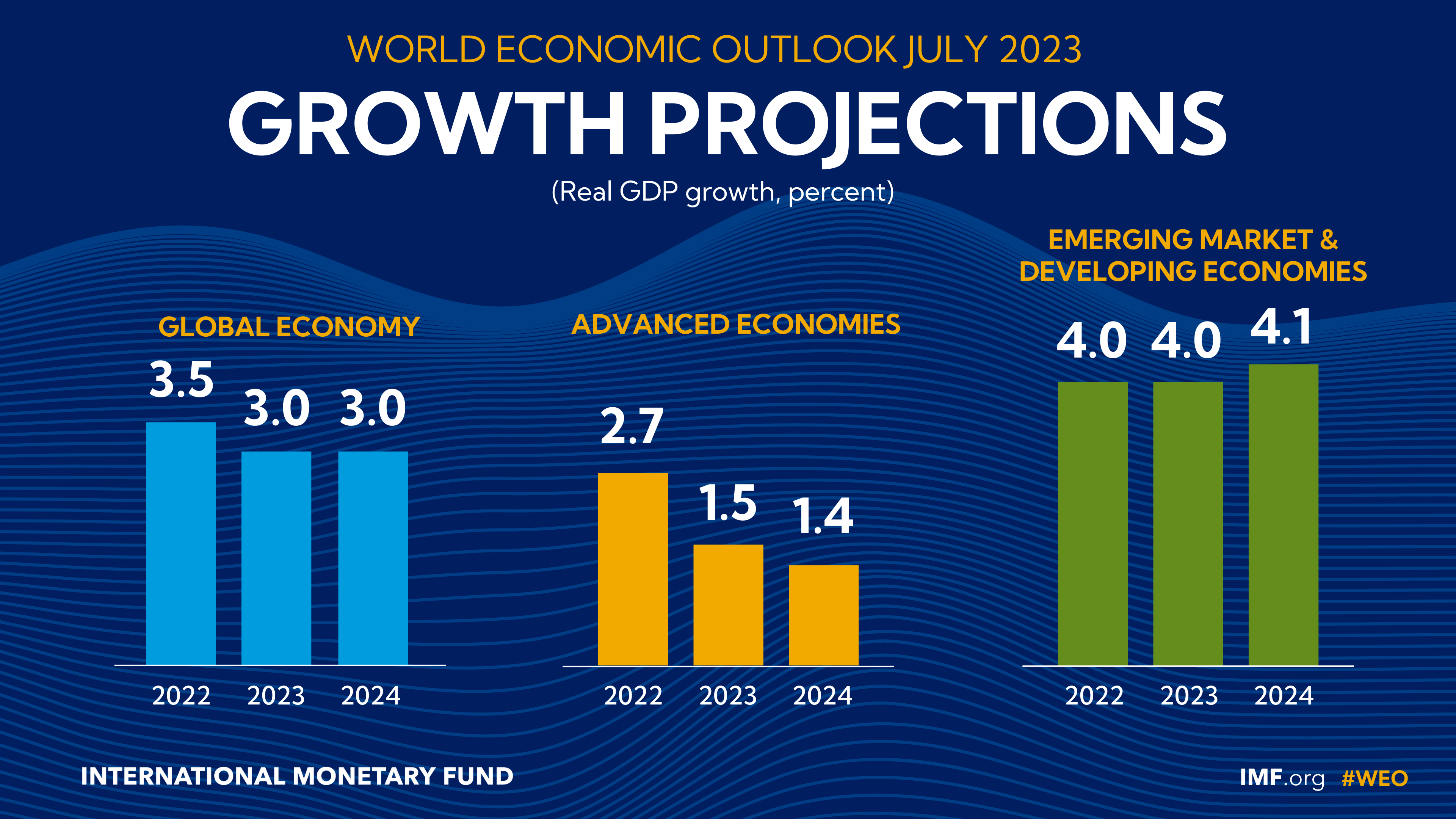Household Spending In China: A Key To Future Economic Growth?

Table of Contents
The Rise of the Chinese Middle Class and its Spending Power
The expansion of China's middle class is a pivotal driver of increased household spending. This burgeoning demographic possesses significant purchasing power, shaping consumption patterns and fueling economic growth.
Expanding Disposable Incomes
Rising wages, coupled with government initiatives aimed at boosting incomes, have significantly increased disposable income among Chinese households.
- Rising Wages: A sustained period of economic growth has led to significant wage increases across various sectors, particularly in urban areas.
- Government Initiatives: Policies such as tax reforms and social welfare programs have contributed to increased disposable income for many families.
- Poverty Reduction: The government's ongoing efforts to alleviate poverty have lifted millions out of poverty, expanding the consumer base and driving demand.
According to the National Bureau of Statistics of China, the middle class expanded significantly in the past decade, with a substantial increase in per capita disposable income. This surge in purchasing power is a key indicator of the potential for future economic growth fueled by robust household spending.
Shifting Consumption Patterns
As disposable incomes rise, Chinese consumers are shifting their spending habits from primarily necessities to discretionary spending. This trend reflects an evolving lifestyle and aspirational consumer behavior.
- Increased Spending on Education: Parents are increasingly investing in their children's education, driving demand for private tutoring, international schools, and higher education opportunities.
- Healthcare Expenditure: With rising awareness of health and wellness, spending on healthcare services, insurance, and preventative care is on the rise.
- Travel and Leisure: Domestic and international travel, along with entertainment and leisure activities, are becoming increasingly popular among Chinese consumers.
- Luxury Goods: The demand for luxury goods, including designer brands, high-end automobiles, and premium experiences, is experiencing significant growth.
This shift signifies a maturing consumer market, diversifying spending across various sectors and creating opportunities for businesses catering to the evolving needs and preferences of Chinese consumers. Brands like Apple, Louis Vuitton, and local e-commerce giants like Alibaba are capitalizing on this trend.
Key Factors Influencing Household Spending Decisions
Several factors influence the spending decisions of Chinese households, shaping the overall trajectory of household spending in China.
Government Policies and Regulations
Government policies play a crucial role in shaping consumer behavior and influencing household spending.
- Tax Reforms: Tax cuts and adjustments can significantly impact disposable income and stimulate consumer spending.
- Social Security Reforms: Improvements to the social security system can enhance consumer confidence and reduce concerns about future financial security.
- Housing Policies: Policies related to housing affordability and mortgage rates can significantly influence household spending decisions.
Government initiatives often aim to balance economic growth with social stability, influencing the overall direction of household spending patterns.
Technological Advancements and E-commerce
China's rapid technological advancements and booming e-commerce sector have revolutionized consumer spending.
- Online Shopping: The growth of online shopping platforms like Taobao and JD.com has provided consumers with unprecedented access to goods and services.
- Mobile Payments: The widespread adoption of mobile payment systems like Alipay and WeChat Pay has streamlined transactions and increased online spending.
- Social Media Marketing: The influence of social media platforms like Weibo and WeChat in shaping consumer preferences and driving purchasing decisions is undeniable.
The digital transformation of the Chinese retail landscape continues to accelerate, driving increased efficiency and convenience for consumers. The statistics on online retail sales reflect this phenomenal growth.
Demographics and Changing Lifestyles
Demographic shifts and evolving lifestyles are significantly impacting household spending in China.
- Aging Population: The increasing proportion of elderly individuals in the population is leading to greater demand for healthcare services and retirement-related products.
- Urbanization: Rapid urbanization continues to drive consumer spending in urban areas, with higher disposable incomes and access to a wider range of goods and services.
- Changing Family Structures: Smaller family sizes are influencing household spending patterns, with less emphasis on traditional family-oriented consumption.
Understanding these demographic trends is essential for businesses to adapt their strategies and meet the evolving needs of different consumer segments.
Challenges and Opportunities for Sustained Growth in Household Spending
While the outlook for household spending in China remains positive, several challenges need to be addressed to ensure sustained growth.
Income Inequality and Regional Disparities
Income inequality and regional disparities remain significant obstacles to achieving inclusive growth driven by household spending.
- Addressing Income Disparity: Policies to address income inequality are crucial for ensuring that the benefits of economic growth are shared more widely.
- Boosting Consumption in Less Developed Regions: Targeted investments and initiatives are necessary to stimulate economic activity and increase consumer spending in less developed areas.
Bridging the gap between rich and poor is critical for realizing the full potential of the consumer market.
Debt Levels and Consumer Confidence
Rising household debt levels and fluctuating consumer confidence pose potential risks to sustained growth in household spending.
- Managing Debt Levels: Strategies to manage and reduce household debt are crucial for preventing a potential debt crisis and ensuring sustainable consumption.
- Improving Consumer Confidence: Measures to bolster consumer confidence, such as economic stability and transparent government policies, are essential for maintaining robust spending levels.
Maintaining a healthy balance between debt and disposable income is critical for fostering long-term consumer spending.
Global Economic Uncertainty and its Impact
Global economic uncertainty and geopolitical risks can significantly impact consumer sentiment and spending in China.
- Impact of Trade Wars: Trade tensions and global economic slowdowns can negatively impact consumer confidence and purchasing power.
- Geopolitical Risks: Global instability and geopolitical risks can create uncertainty, dampening consumer spending and investment.
Navigating global economic headwinds is crucial for maintaining positive momentum in household spending.
Conclusion
Household spending in China is a powerful engine of economic growth, driven by the rise of the middle class, technological advancements, and evolving consumer preferences. However, challenges such as income inequality, debt levels, and global economic uncertainty need careful consideration. Understanding the nuances of Chinese consumer behavior, including the interplay between government policies, technological disruptions, and demographic shifts, is paramount for accurate economic forecasting. Further research and analysis of household spending in China, particularly focusing on specific sectors and demographic groups, will provide valuable insights into the nation's future economic trajectory. This deep dive into consumer behavior will help create more effective strategies for businesses and policymakers alike, ensuring that the potential of household spending in China is fully realized.

Featured Posts
-
 Antisipasi Hujan Prakiraan Cuaca Bandung Dan Jawa Barat 26 Maret
May 28, 2025
Antisipasi Hujan Prakiraan Cuaca Bandung Dan Jawa Barat 26 Maret
May 28, 2025 -
 Ramalan Cuaca Semarang Hari Ini And Besok 26 3 Waspada Hujan Siang
May 28, 2025
Ramalan Cuaca Semarang Hari Ini And Besok 26 3 Waspada Hujan Siang
May 28, 2025 -
 Liburan Lebaran Ria Ricis Dan Moana 7 Potret Kebahagiaan Di Bali Dan Sumba
May 28, 2025
Liburan Lebaran Ria Ricis Dan Moana 7 Potret Kebahagiaan Di Bali Dan Sumba
May 28, 2025 -
 Blake Lively And Justin Baldoni A Lister Entangled In Legal Battle
May 28, 2025
Blake Lively And Justin Baldoni A Lister Entangled In Legal Battle
May 28, 2025 -
 Cristiano Ronaldo Nun Adanali Ronaldoya Karsi Tepkisi Detayli Inceleme
May 28, 2025
Cristiano Ronaldo Nun Adanali Ronaldoya Karsi Tepkisi Detayli Inceleme
May 28, 2025
Latest Posts
-
 Gorillazs Silver Jubilee Exhibition And Special Shows To Mark 25 Years
May 30, 2025
Gorillazs Silver Jubilee Exhibition And Special Shows To Mark 25 Years
May 30, 2025 -
 Gorillaz Celebrate 25 Years A Retrospective Exhibition And Live Performances
May 30, 2025
Gorillaz Celebrate 25 Years A Retrospective Exhibition And Live Performances
May 30, 2025 -
 House Of Kong Exhibition A Look At 25 Years Of Gorillaz
May 30, 2025
House Of Kong Exhibition A Look At 25 Years Of Gorillaz
May 30, 2025 -
 Gorillaz 25th Anniversary Your Guide To The House Of Kong Exhibition
May 30, 2025
Gorillaz 25th Anniversary Your Guide To The House Of Kong Exhibition
May 30, 2025 -
 Experience Gorillaz House Of Kong 25th Anniversary Exhibition
May 30, 2025
Experience Gorillaz House Of Kong 25th Anniversary Exhibition
May 30, 2025
